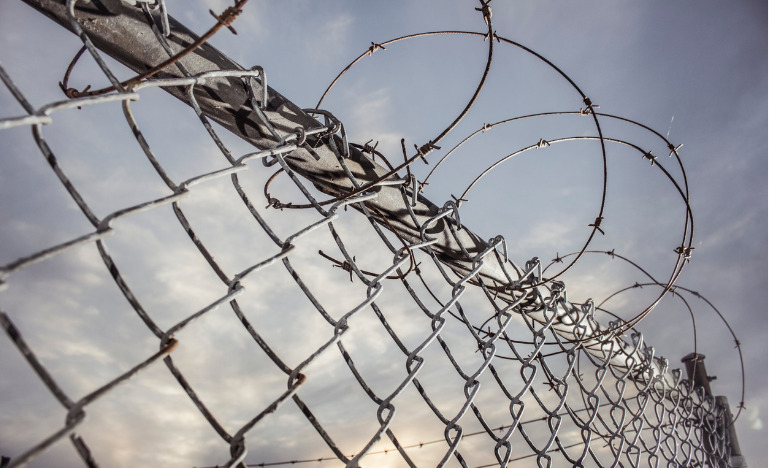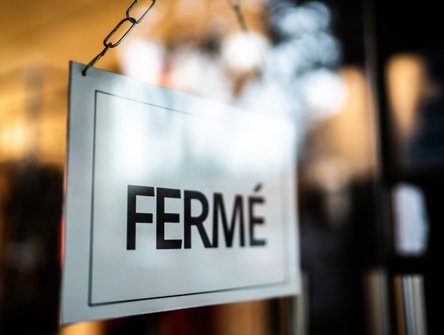A failure to act
We still have a very long way to go in completing the TRC's 94 Calls to Action

To date, only nine of the Truth & Reconciliation Commission's 94 Calls to Action released in 2015 have been completed. Nine. Most of these were completed in 2016, with only three others completed between 2017-2019, and a complete stall on the calls since 2019. After five years, there has been only incremental movement on the remaining 85 Calls to Action, ranging from promises on some and nothing on many others.
On May 27th, news broke that the Tk’emlúps te Secwépemc First Nation took Calls to Action 73 & 74 into their own hands and located the burial site of 215 stolen children who died at the residential school in Kamloops. For years, the claims that lost children were buried there have been dismissed by the church, and the response from Canada has ranged from silent to actively fighting the release of residential school records. This is just one of many residential schools in Canada, and just one example of Canada’s failure to seek out truth for the purpose of reconciliation.
The TRC Calls were intended to address the intergenerational legacy and ongoing impacts of the Residential Schools on survivors and their families and to provide guidance to the government on a path moving forward. Seventeen of the Calls to Action are related to justice. There has been some progress on six of those calls, and little to none on the others. Zero of the calls related to justice have been completed. This can hardly be called progress. Clearly, Canada still has a very long way to go.
In R v. Gladue, the Supreme Court of Canada referred to the overrepresentation of Indigenous people in custody as "a crisis in the Canadian criminal justice system," and Canada's prisons as the "contemporary equivalent" of what residential schools were to previous generations. Across Canada, First Nations, Metis and Inuk people make up around 5% of the total population, but a disproportionate 30% of Canada's incarcerated population. For women and girls, the figures are even more alarming. Forty-two percent of all incarcerated women are Indigenous, and 60% of all girls in custody are Indigenous. Indigenous people are also overrepresented as victims of crime, and underrepresented in roles of authority and responsibility.
Indigenous offenders are more likely to receive a guilty verdict and a custodial sentence for administrative crimes such as failure to appear, non-payment of fines, or breach of probation. This increased likelihood has been attributed to: inability to pay fines or travel to court due to poverty, cultural differences about the concept of guilt that make Indigenous offenders more likely to plead guilty, and systemic racism. These issues are interwoven. For example, systemic racism leads to the over-policing of Indigenous people, increasing the likelihood of fines and incarceration. Additionally, for Indigenous offenders, a single offence often spirals into multiple breaches such as failure to appear, and failure to pay. This leads to higher recidivism rates for Indigenous offenders compared to non-Indigenous offenders. Punitive sanctions for crime, in particular incarceration, actually increases the likelihood of recidivism over community-based restorative pathways.
The Supreme Court of Canada case, R v. Gladue was a pivotal decision for Indigenous offenders. In this case, the SCC responded to the Criminal Code reforms to sentencing enacted in 1996 and the findings of the Royal Commission on Aboriginal People regarding the over-incarceration of Indigenous people in Canada. Gladue introduced what was intended to become a new set of normative legal practices, commonly referred to as Gladue factors. The SCC clarified the statutory obligation imposed by section 718.2(e) of the Criminal Code and set out certain factors for courts to consider when sentencing an Indigenous offender. These factors required a contextual assessment of how Indigenous identity, and collective and individual experiences may have contributed to a given offence and were meant to address the disproportionate likelihood of incarceration for Indigenous offenders.
More than a decade after Gladue, the Supreme Court of Canada reaffirmed and clarified the factors set out in Gladue with the decision in R v. Ipeelee. The court in Ipeelee analyzed sentencing of Indigenous offenders since Gladue, and found several errors in applying the law. These errors included the need for an offender to establish a causal link between background factors and the commission of the offence, and the failure to apply Gladue factors to sentencing for serious offences.
A major problem in assessing offenders was the lack of human connection with Indigenous offenders. Cases such as R v C(R) and R v Paul, where Gladue factors were "considered" but ultimately dismissed, highlight this phenomenon. When actors within the justice system are prepared to conclude that a "normal childhood" can involve childhood sexual abuse, or the murder of a parent, there is a clear lack of human connection by these actors to the Indigenous individuals before them.
Since Ipeelee, there is still evidence of difficulty in applying Gladue factors. The proportional incarceration rates of Indigenous people have continued to rise despite a decline in custodial sentences overall. However, the Supreme Court of Canada's outright rejection in Ipeelee of judicial attempts to minimize the principles set forth in Gladue and statutorily by s.718.2(e), has reinforced that responsibility of addressing over-representation is an obligation to be borne by all actors in the Canadian justice system.
Canadian courts should not shoulder the entire burden of moving Indigenous issues forward while the Canadian government repeatedly fails to further the TRC Calls to Action surrounding these same issues. In keeping with the TRC findings, what paths moving forward are possible for justice and justice reform benefiting Indigenous peoples in Canada? More pointedly, what strides are being made toward advancing reconciliation in the face of promises without action?
A western worldview is rooted in linear, hierarchical understandings as evidenced by our legal system, which situates the judiciary above the offender. It enforces a series of bureaucratic steps that offenders must go through, from laying of a charge, to bail, to trial, then finally to sentencing. In contrast, Indigenous worldviews about justice are generally (but not necessarily always) more holistic and cyclical, focusing on respect, restoring equilibrium and connections to community. The TRC called for Canada to recognize that western laws and Indigenous laws operate within distinct but equally valid worldviews and that Indigenous laws pre-existed the imposition of Canadian laws. The Supreme Court of Canada in Ipeelee urged justice system actors to think creatively and innovatively, which requires taking a look beyond a traditional western worldview. Systemic racism plays a pivotal and fundamental role in perpetuating stereotypes that harm the Indigenous community and prevents meaningful or even adequate steps forward when it comes to justice reform.
The main goal of the TRC included discovering truth and promoting healing and reconciliation. Canada has not reciprocated in kind with its continued failure to act on the Calls surrounding justice reform. This lack of action perpetuates the suffering and intergenerational traumas that Indigenous peoples face. The barrier of oppression and systemic discrimination that is the Canadian justice system is insurmountable in its current form. Unless Canada acknowledges and addresses the issues, and unless Canada responds and completes the TRC Calls to Action on Justice, there can be no true healing or reconciliation.


